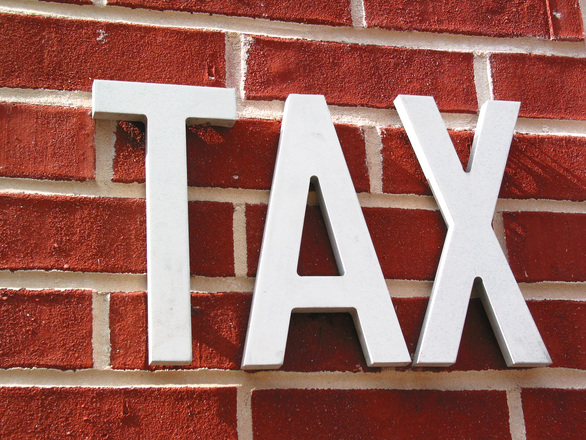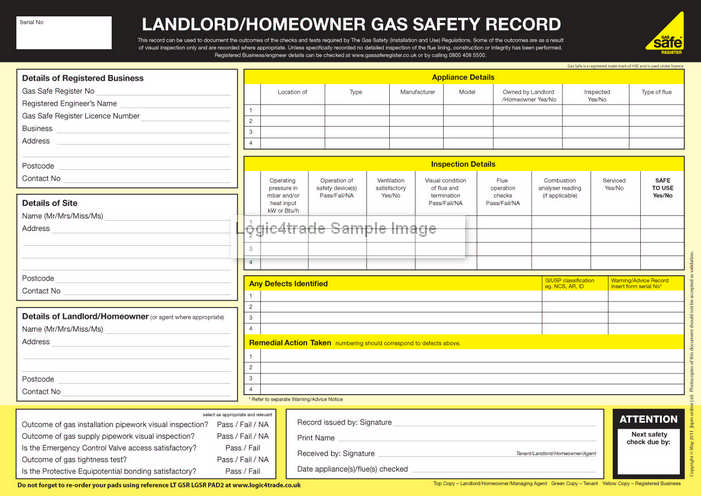Buy-to-let schemes have always looked attractive to many landlords. In fact, landlords under a buy-to-let scheme get more value for money than the banks savings and funds we know, and of course, the scheme is safer than investing in the volatile stock market. For many years, some landlord have experienced decent returns however this is now about to change.
The news come as shock. In April 2016, an 3% increase in stump duty tax for buy-to-let investors will take place. In practical terms, this means that if you buy-to-let a property costing £350,000 you will pay £18,000 instead of £7,500 today (a tangible increase of £10,500). So that you understand this better, let’s look how it words today.
Today, in the buy-to-let model there is no stamp duty on the first £125,000 but a 2% tax is applicable on purchases on £125,000 up to £250,000. Anything above £250,000, a 5% tax is applied. And of course, purchases above £250,000, higher rates will apply.
To facilitate your understanding of the changes that are happening in April 2016, we have put this together:
[table id=1 /]In practical terms this means the following:
[table id=2 /]So can this be the end of buy-to-let investment? It all depends of course but there is nothing that can stop landlords from increasing their rents in retaliation to the April 2016 changes.
The logic behind this change is to stop landlords to come into the market because there is an ongoing crisis in Britain where people cannot afford their first home while others have homes to spare. Also, the implication of these changes impacts the landlords’ ability to offset their mortgage interest as they need to declare on rental incomes. With all of these happening, it is expected that we may see an increase in landlords selling their second home to avoid the surcharge in April 2016.
There are of course lots of debate on this topic but the changes are taking effect in 2016. Some people are questioning the definition of second home. For example, it is arguable that when someone bought their first home, they did not buy it with the intention to buy-to-let but as life goes on they have acquired their second home.
Inevitably, many people has tried to escape the tax man. This means that some landlords are still declaring their buy-to-let property as they own home and rent it out through some estate agent. But in the last few months, the tax man is recently targeting landlords on this “dodge scheme” and have now partnered with mortgage providers and banks. Even those landlords who have already paid years of mortgage, are now on the tax man list. In other words, today you are more likely to get caught out if you try avoiding tax.
There are still lots of questions to be answered but considering that the decision is already made, there is nothing much that can be changed at this point in time. Maybe, the best way to escape the 3% increase it will be to buy a caravan, mobile home or houseboats – as these will not suffer from the higher rates.
The take away from here is that if you are considering buy-to-let as an investment opportunity, it is important to act fast before April 2016.




